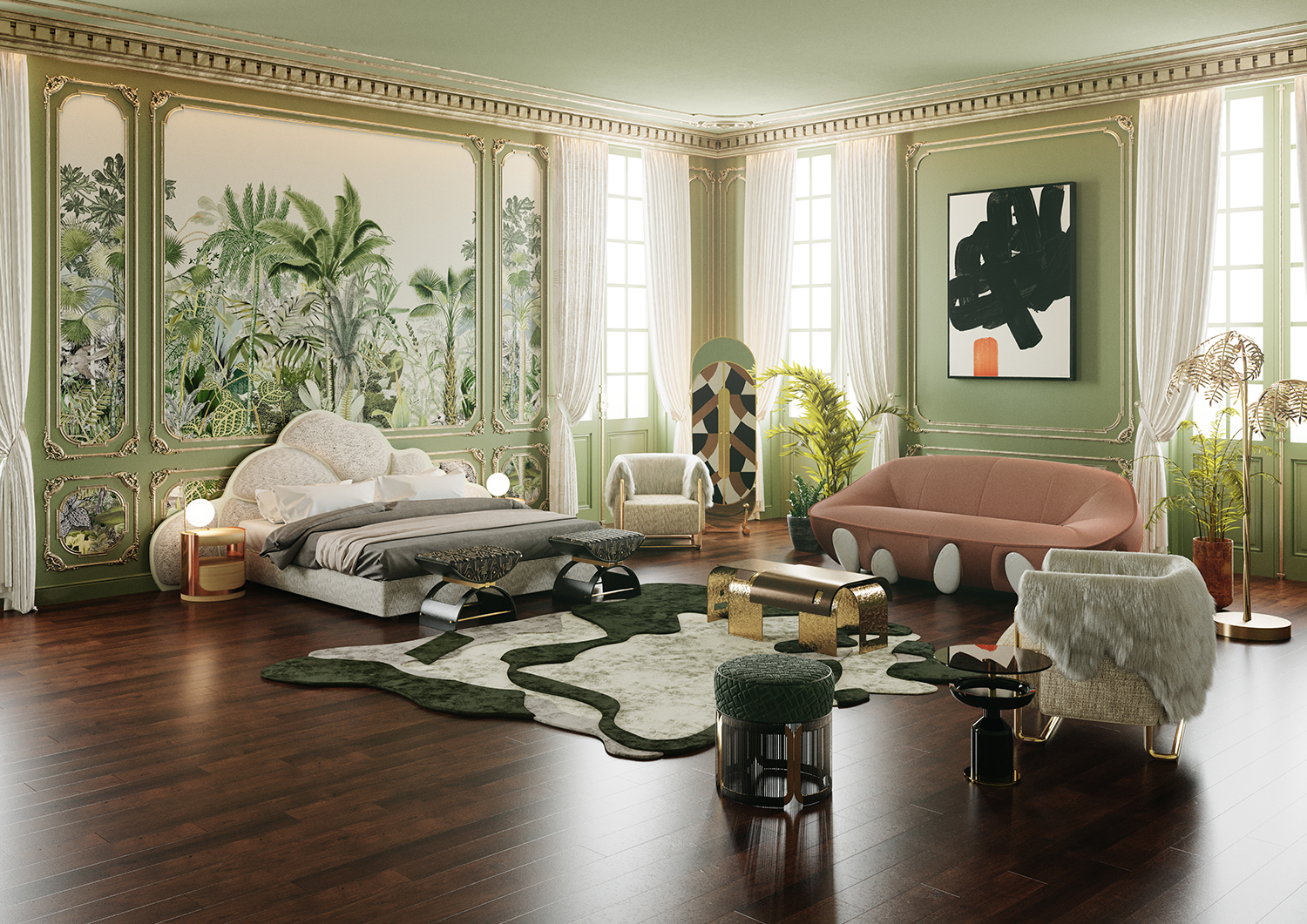Transform Your Home With Vital Concepts of Inside Layout and Aesthetics
The art of transforming your home through the important principles of interior decoration and looks needs a thoughtful strategy that integrates shade, equilibrium, and spatial recognition. By understanding the influence of shade concept and the value of appearance and patterns, one can develop rooms that are not just visually attractive but also deeply personal. Achieving this stability entails even more than plain decor; it includes a calculated plan and a keen understanding of how each component connects within an area. As we check out these foundational concepts, take into consideration just how they may redefine your understanding of home and personal expression.
Comprehending Shade Concept
Understanding the principles of color concept allows designers to produce rooms that resonate emotionally with passengers while satisfying functional demands. Each category plays an essential role in developing consistency within an area.
The psychological influence of shades is extensive; warm colors such as reds and oranges stimulate power and warmth, while cool tones like blues and greens promote peace and tranquility. The usage of complementary colors boosts aesthetic interest, developing striking contrasts that can boost a room's appeal.
Neutral colors, on the various other hand, work as a versatile background, allowing other design aspects to shine. It is vital to take into consideration aspects such as lights and the area's objective when picking a shade combination, as these can change the understanding of colors throughout the day.
Eventually, a well-considered color plan can transform a space, fostering a feeling of convenience and design that lines up with the occupants' choices. Proficiency of shade concept is, as a result, an important ability for any type of interior designer intending to develop harmonious and inviting settings.
Attaining Equilibrium in Layout
How can developers achieve a feeling of equilibrium in their rooms? Accomplishing balance in layout is essential to developing harmonious insides.
Unbalanced balance, on the various other hand, depends on varying elements that still accomplish a cohesive appearance. This method enables more vibrant and casual arrangements, giving rate of interest while maintaining stability. By thoroughly picking varying sizes, shades, and textures, developers can develop a visually engaging room that feels well balanced yet energetic.
Radial balance highlights a main centerpiece with aspects emitting outside. This design is commonly seen in circular formats, where furnishings and decor produce a natural surround that draws the eye inward.
Inevitably, achieving balance needs thoughtful consideration of scale, percentage, and the relationships in between components. miami interior design. By skillfully applying these balance concepts, designers can change areas right into settings that really feel both aesthetically pleasing and functionally harmonious, enhancing the overall experience for occupants
Value of Spatial Recognition

A keen sense of spatial understanding permits designers to identify prime focus within a space, leading the viewer's attention to essential features while maintaining an overall sense of unity. It likewise helps in the strategic positioning of lights, which can dramatically affect the understanding of area and state of mind. Comprehending spatial connections makes it possible for the developer to cater to the particular needs of citizens, making certain that each location serves its desired function without compromising visual appeals.
Ultimately, spatial recognition is vital for maximizing the potential of any indoor area. By carefully taking into consideration the interaction between dimensions, format, and function, designers can produce environments that not just satisfy practical needs however also stimulate a sense of convenience more and charm, enhancing the total living experience.
Including Texture and Patterns
Welcoming a diverse array of structures and patterns can significantly improve the visual and responsive charm of an indoor space. The critical use of numerous products-- such as wood, metal, textile, and stone-- develops depth and rate of interest, making a room really feel much more welcoming click here for more info and vibrant. Incorporating smooth surfaces with rough structures can establish an equilibrium that draws the eye and involves the detects.
When incorporating patterns, take into consideration both scale and repeating. Huge patterns can act as centerpieces, while smaller, subtle layouts can complement other aspects without frustrating the space. Layering patterns, such as pairing floral paddings with striped throws, adds intricacy and a feeling of consistency if carried out attentively.
It is likewise vital to keep a natural color scheme, guaranteeing that textures and patterns collaborate instead than complete for interest. By selecting a couple of key structures and patterns, you can create a merged visual that shows your personal style while boosting the total atmosphere of the space. Ultimately, the cautious consolidation of these elements can change an ordinary area into an innovative atmosphere abundant with character and warmth.
Individualizing Your Area
Creating a room that shows your personality is important to achieving an absolutely welcoming environment. Customization in interior decoration permits you to infuse your unique design and rate of interests right into your home, changing it from a mere sanctuary into a sanctuary that talks with who you are. Begin by choosing a color scheme that reverberates with your feelings-- vibrant shades can energize, while soft tones supply serenity.
Include artwork and decor that show your enthusiasms, whether it be traveling, nature, or abstract ideas. Showing individual collections, such as books, photographs, or mementos, can evoke treasured memories and create centerpieces within a room. In addition, consider tailoring functional pieces, like upholstered furnishings, to line up with your visual preferences.

Conclusion
Finally, the transformation of a home with the important concepts of indoor design and looks necessitates an extensive understanding of shade concept, equilibrium, spatial awareness, appearance, and customization. Each component adds considerably to creating an unified and functional living environment - interior design firms. By thoughtfully incorporating these concepts, people can boost the visual charm and psychological vibration of their spaces, inevitably fostering a home that reflects distinct identities while giving comfort and practicality